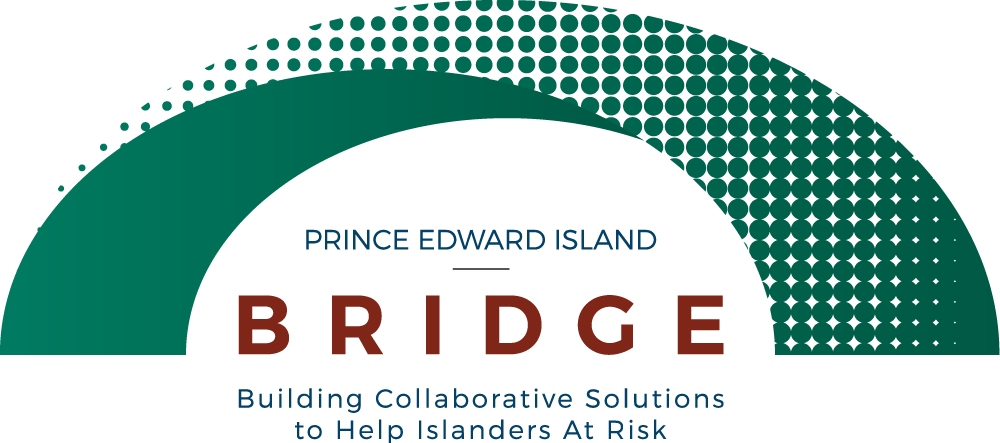
Prince Edward Island Bridge
The Prince Edward Island Bridge brings human services providers together to offer programs and support to Islanders at acutely elevated levels of risk.
Service providers, from a number of government and non-government agencies, meet around a situation table to collaborate on ways to help individuals or families.
Any situation brought to the table will be assessed using a strict four filter process. If it is determined that there is an acutely elevated risk, a response is coordinated within 24 to 48 hours. Filter four of this process involves a “door-knock”, where the appropriate agencies discreetly visit the home of those at risk, or find another way to make contact to offer assistance. This approach follows strict rules of privacy. Agency professionals who attend the home are there to listen with empathy and compassion and to encourage those at risk to accept an offer of services and support.
No one is required to accept an offer of support. It is strictly voluntary. This model helps people take the steps necessary to improve their situation and connects them to the services and programs that will help.
Acutely Elevated Risk
Four elements of acutely elevated risk
Question: Is there significant interest at stake?
Response: "Significant interest" usually refers to an individual or a family but could refer to an array of situations involving a vulnerable group, a dwelling, neighborhood or environment).
Question: Is there probability of harm occurring?
Response: There is a reasonable expection of harm to individuals if nothing is done.
Question: Is there significant intensity of harm?
Response: The harm would constitute damage or detriment and not mere inconvenience to the individual. It is responsible to assume that disclosure to the Situation Table would help minimize or prevent the anticipated harm.
Question: Is there a multi disciplinary nature of risk?
Response: The risk factors are beyond the originating agency’s scope / mandate to mitigate the elevated level of risk. Operating risk factors cut across multiple human service disciplines. Traditional inter-agency approaches have been considered and/or attempted.
Bridge Service Provider Members
- Education
- Child Protection
- Social Programs
- Municipal Police Services
- RCMP
- PEI Family Violence Prevention
- Mi’kmaq Confederacy of PEI
- Probation
- Public Health
- Adult Protection
- Mental Health and Addictions
- Victim Services
History of the Model
The COR/Hub model was developed and successful in Scotland. It was launched in Canada in Prince Albert, Saskatchewan. Many communities across Canada and the USA use this model. The results can be reductions in emergency room admissions, child protection cases, prosecutions, violent crime and youth victimization.
Prince Edward Island's approach is unique in that there is one Situation Table province-wide. The Table includes human services representatives from the three levels of government, First Nations and non-government organizations with links to service providers across the province.
Click here to see a complete list of the Global Community Safety General Reference Materials.
